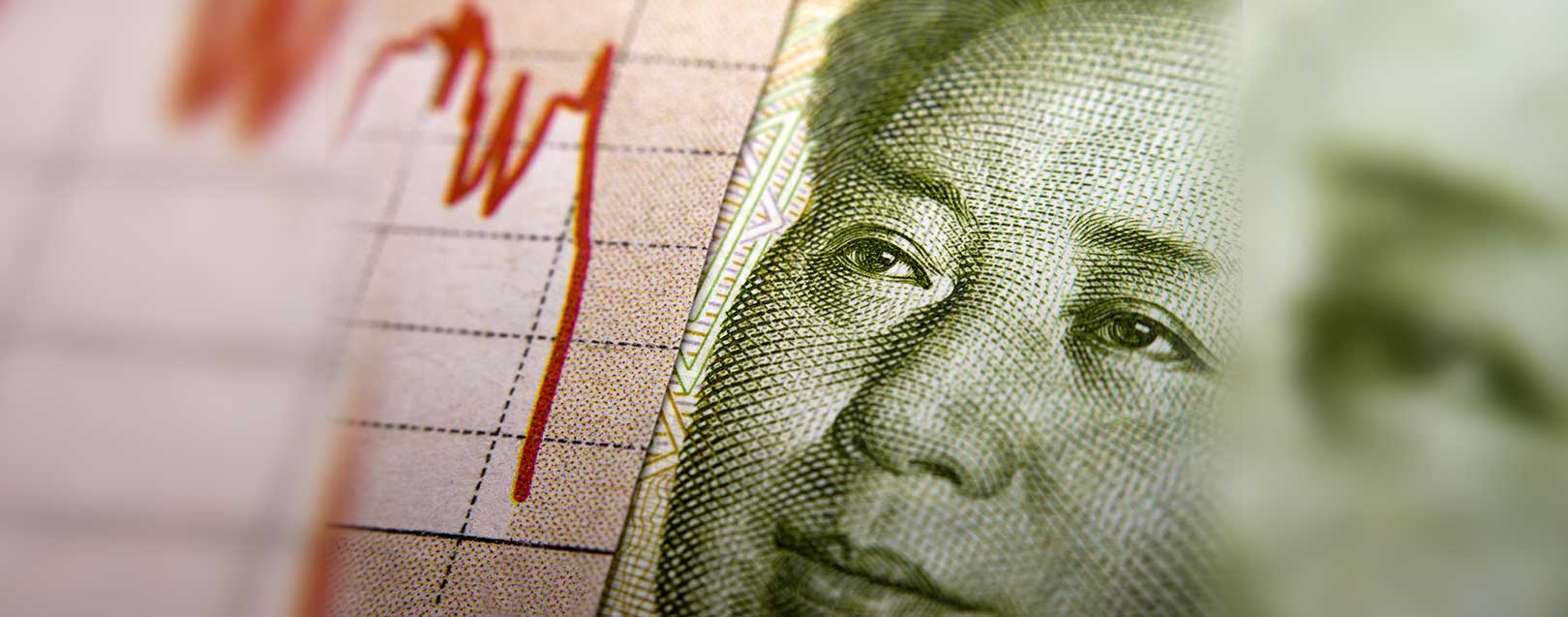
Inflation in China reaches to multi-year highs
The Dollar Business Bureau
The producer price inflation of China has increased more than what is estimated in the month of January to near 6-year high on account of a pick-up in steel prices and other raw material prices, adding to estimates that world manufacturing activity is gaining momentum.
China’s consumer inflation also increased more than expected to around three-year high, according to a data released on Tuesday.
Much of the increase in consumer prices was due to higher prices of food and transportation in the wake of a long holiday for Lunar New Year, as per the National Bureau of Statistics.
But mounting pressures of prices in China and several other developed countries have sparked speculations of a stricter monetary policy in 2017, after years of easing with the aim of reviving economic growth.
China's central bank increased the short-term interest rates over the past weeks as it aimed to contain the financial risks from a higher debt growth.
Consumer inflation has surged 2.5% in January compared to a year before, which is maximum since May 2014 and a little above the market expectations.
Food prices, the major component of CPI, increased by 2.7% in January compared to a 2.5% rise in the month of December. In January, the transportation and communication costs surged 2.3%, up from a 0.9% rise in December.
Producer price inflation rose to 6.9%, from 5.5% in December.
However, the market had estimated the producer prices to surge 6.3% on a yearly basis.
China's huge imports of coal, iron ore, crude oil and industrial materials have led to a sharp rebound in world resource prices in the past few months, enhancing profits for processors and producers.
The price rise in China has further been augmented due to government efforts to cut overcapacity in various industrial sectors.






 to success.
to success.